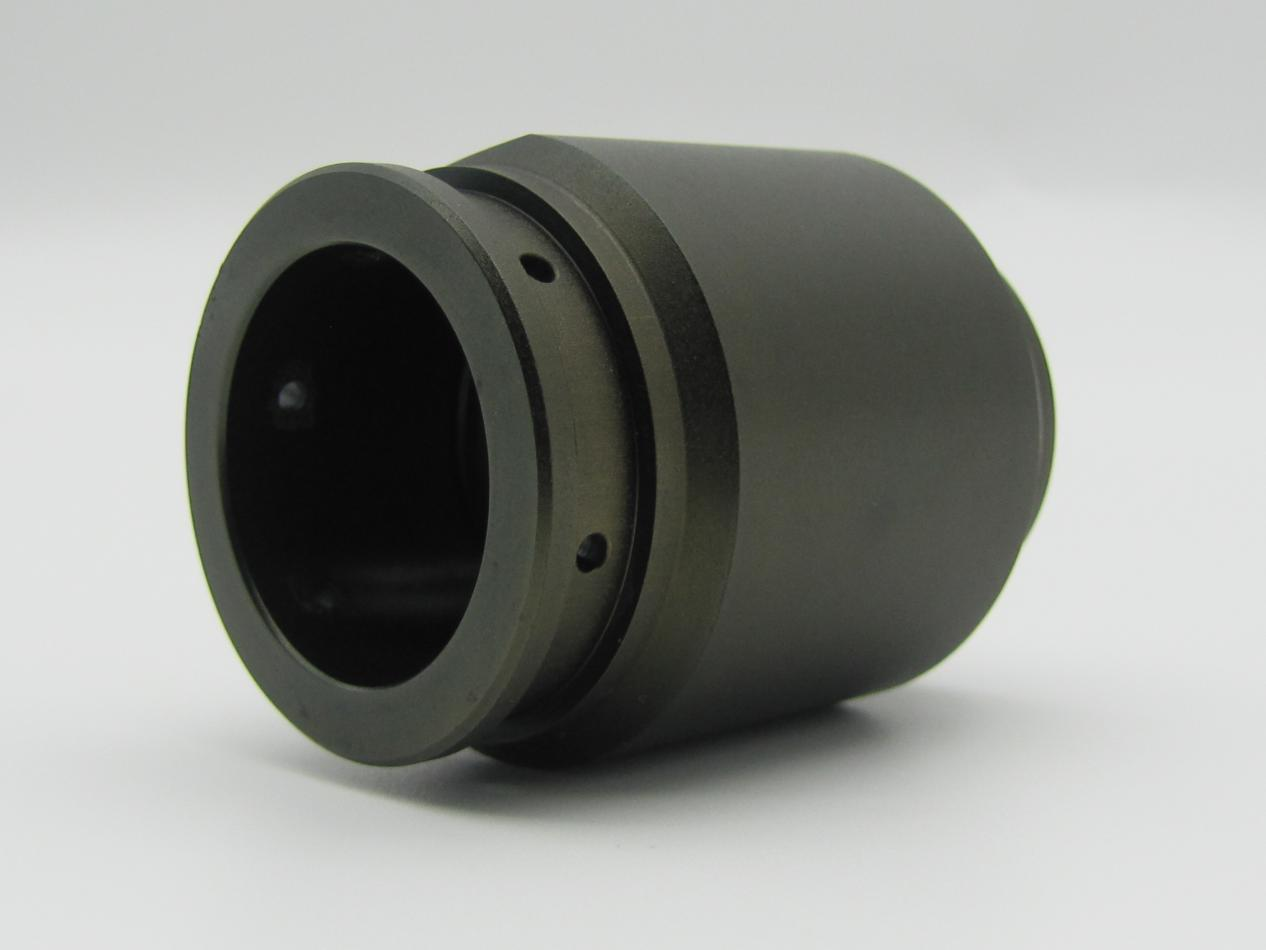CNC Machining Process Line
Reasonable selection of processing lines can effectively improve production efficiency and ensure product quality. Now come and learn some about the CNC machining process line:
1. Implement processing steps and select positioning
At the beginning of precision CNC machining, the datum plane positioning can be processed to the position of the workpiece surface, so in order to reduce the positioning error, it is necessary to implement the CNC machining process line together and use a unified datum plane for positioning. CNC machining process engineers should arrange the datum surface at the beginning and end of the CNC machining line in order to lay a fine datum foundation for the subsequent machining process, speed up the machining speed, and reduce the machining error of the parts. CNC machining line engineers should also set auxiliary benchmarks to unify design, programming, and calculation benchmarks. Sometimes when encountering the particularity of part processing, the process angle should also be considered, so that the processing process line is convenient.
2. Fine and rough machining are distinct, and the lines are in sequence.
The cost of CNC machining is generally calculated according to time. In order to improve the efficiency of precision CNC machining, the uniformity of CNC CNC fine and rough machining allowances should be fully utilized. When performing the cutting process, it is necessary to carry out rough machining, use the depth of the large cut to reduce the number of cuts, and save a large amount of machining allowance; then arrange the development of semi-finishing after the rough machining is completed, because after the rough machining is completed The uniformity of the remaining allowance cannot be fully utilized in finishing. Therefore, semi-finishing for further processing can make full use of the machining allowance of rough machining, thereby improving the processing quality of the workpiece surface. The final shape of the workpiece is actually formed by the uninterrupted machining of the last knife, so the CNC machining process line engineer should consider the position of the machining tool in and out of the knife, so as to pay attention to the replacement of the tool when the workpiece does not form a continuous contour, so as to avoid the change of cutting force. Scratches appear on the surface of the workpiece. In the end, no matter which side of the part is processed, it should follow the rough and fine machining, and the process lines should be in sequence. In order to produce products with better finish and higher fineness.
3. Optimize the route and the principle of proximity
Whether it is simple or very complex precision parts processing, it is inseparable from a suitable CNC processing process line. It is very important to master the distance between the part processing position and the tool point position. CNC machining process line engineers should follow the principle of proximity, first process the parts that are close to the tool point, and then process the parts that are far away from the tool point, so as to minimize the time wasted by the moving distance of the tool. For the workpiece that needs to be processed on both the inner surface and the outer surface, if the rigidity of the tool is not good, the cutting heat will affect the sharpness of the tool tip, causing the shape and size of the inner surface of the workpiece to be out of control, but the cutting process is carried out on the CNC lathe When using the principle of proximity, the semi-finished product can remain relatively rigid. Therefore, the CNC machining process design scheme should follow the principle of proximity, first process the part far from the tool point, and then process the part far away from the tool point; first process the inner surface of the workpiece, and then process the outer surface of the workpiece, so as to improve the work of CNC machining. efficiency.
4. Reasonable selection of routes to reduce operating time
The tool-feeding processing route refers to the distance traveled by the tool point from the start of operation to the completion of processing, plus all the distance traveled by returning to the tool point, including the distance passed by the cutting process. In the cutting process, the finishing tool path is generally carried out according to the contour of the workpiece, and the confirmation of the tool path determines the rough machining path. Therefore, under the condition that the quality of precision parts is stable, the selected tool routing can save several processing times, reduce tool consumption, and reduce mechanical wear. In addition, for the preparation of machining programs, CNC machining process engineers should also pay attention to making the program as easy as possible and reducing the number of program segments, thereby reducing the computer memory usage and the number of errors, and improving CNC machining production efficiency and quality.
The above is the relevant introduction of the CNC processing process circuit. If you want to know more about CNC processing, welcome to read more of our articles!

